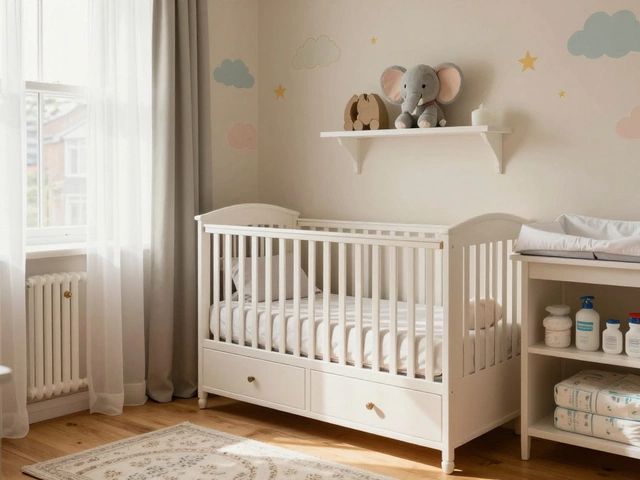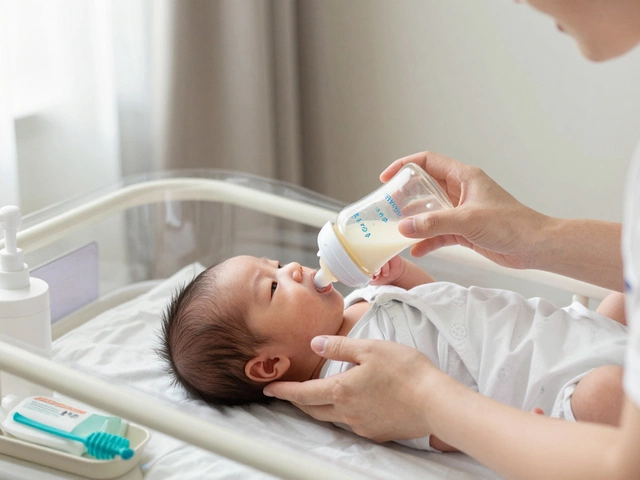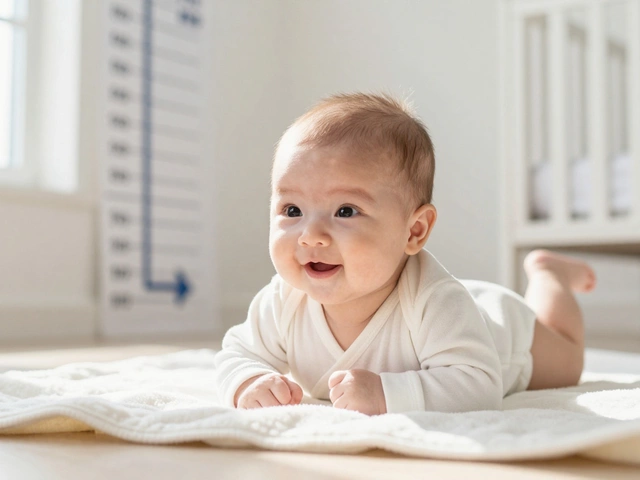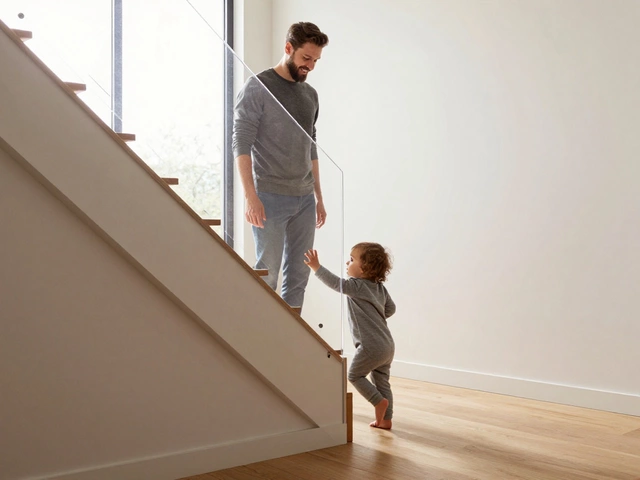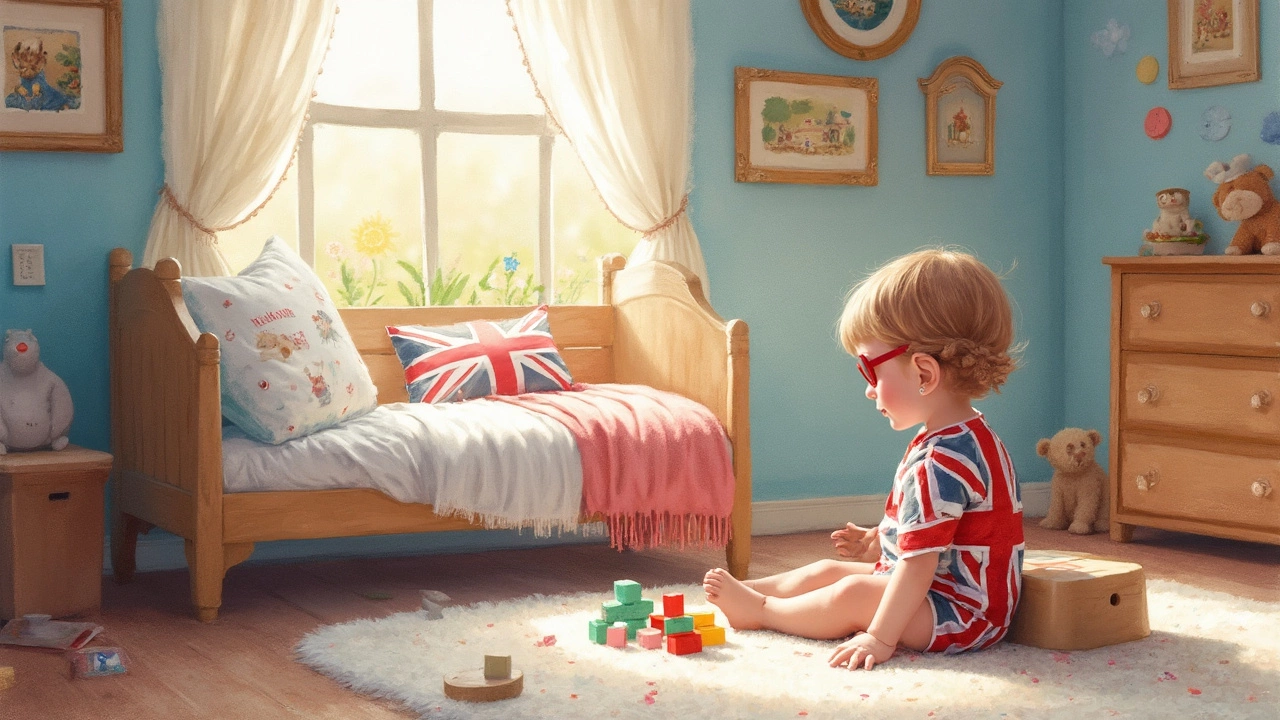
Ever thought about how quirky the toddler phase can be? One moment, they're mastering new words like little superheroes, and the next, you're left wondering if it's time to kick those diapers to the curb. If you're juggling potty training alongside the transition to a toddler bed, you're not alone. Loads of parents wonder if their 3-year-olds should still be in diapers. It's not a one-size-fits-all situation, and understanding that can make a world of difference for both you and your little explorer.
Each toddler treads their own unique path toward independence. Some are diaper-free at two, while others might take a little longer. Various factors, like physical readiness, influences them. It’s like tuning in to your child’s own frequency and responding to their rhythm. And let's face it—we all know toddlers love marching to their own beat!
- Understanding Toddler Development
- Potty Training Tips
- The Transition to Toddler Beds
- Encouraging Independence in Toddlers
Understanding Toddler Development
Diving into the fascinating world of toddler development can be quite the ride. You might be wondering, why is your three-year-old still happily in diapers when some kids around are already diaper-free? Well, the answer lies in the pace at which each child grows and learns.
Every child's journey is unique, shaped by physical growth, emotional readiness, and even environmental factors. According to the American Academy of Pediatrics, children often show signs of being ready to ditch diapers between 18 months and 3 years, but there's no magical age where they have to be done with them.
"It's important to wait until your child is ready, both physically and emotionally," says pediatrician Dr. Mark L. Wolraich. "Pressure to potty train before a child is ready can lead to tension and setbacks."
There are key indicators to watch for. Is your child interested in using the toilet or showing more independence? Are they staying dry for longer periods during the day? These often signal that they're gearing up for potty training. However, the timeline isn't the same for all, and that's perfectly normal.
A typical three-year-old is exploring the world and developing rapidly. They're learning to talk in short sentences, begin counting, and even understand the concept of sharing. All this happens while they're trying to gain control of their bladder and bowel muscles, which is no small feat!
Interestingly, a 2019 survey showed that around 60% of children are not fully potty trained by age three. This statistic highlights how diverse toddler development can be. So, if your toddler is still in diapers, rest easy knowing they're likely hitting other milestones—like transitioning to that new toddler bed.
Potty Training Tips
Potty training can feel like a grand adventure with its fair share of ups, downs, and a whole lot of patience. If your toddler isn't quite ready to ditch the diapers just yet, remember it's a marathon, not a sprint. Most kids in the US start showing signs of readiness between 18 and 24 months, but about 25% might not be fully trained until they're 3 1/2, and that's perfectly okay.
So, how can you help your child transition from toddler to big kid status? Here are some simple yet effective tips:
- Watch for readiness: Does your child show interest in using the toilet? Can they follow simple instructions? These signs mean they might be ready to start potty training.
- Create a routine: Consistency is key! Schedule regular toilet visits, like after breakfast or before bed. It helps build a habit and reduces accidents.
- Use incentives: Stickers or a small treat can motivate kids. Every time they use the potty, they earn a reward, making the process more exciting.
- Praise success, don't stress failures: Celebrate when your child successfully uses the potty, but don't worry about accidents. They're a normal part of learning.
- Let them pick out the gear: Letting kids choose their own potty seat or fancy undies can make them feel more involved and motivated.
A study showed that kids were more likely to be potty-trained by age 3 if they started training between 24 and 30 months. But again, every child's timeline is unique, and the goal is to support and encourage rather than rush them.
With these tips in mind, you're setting your little one up for potty training success, paving the way to greater independence. Encourage their growth, be patient, and know you're guiding them through one of their first major milestones!
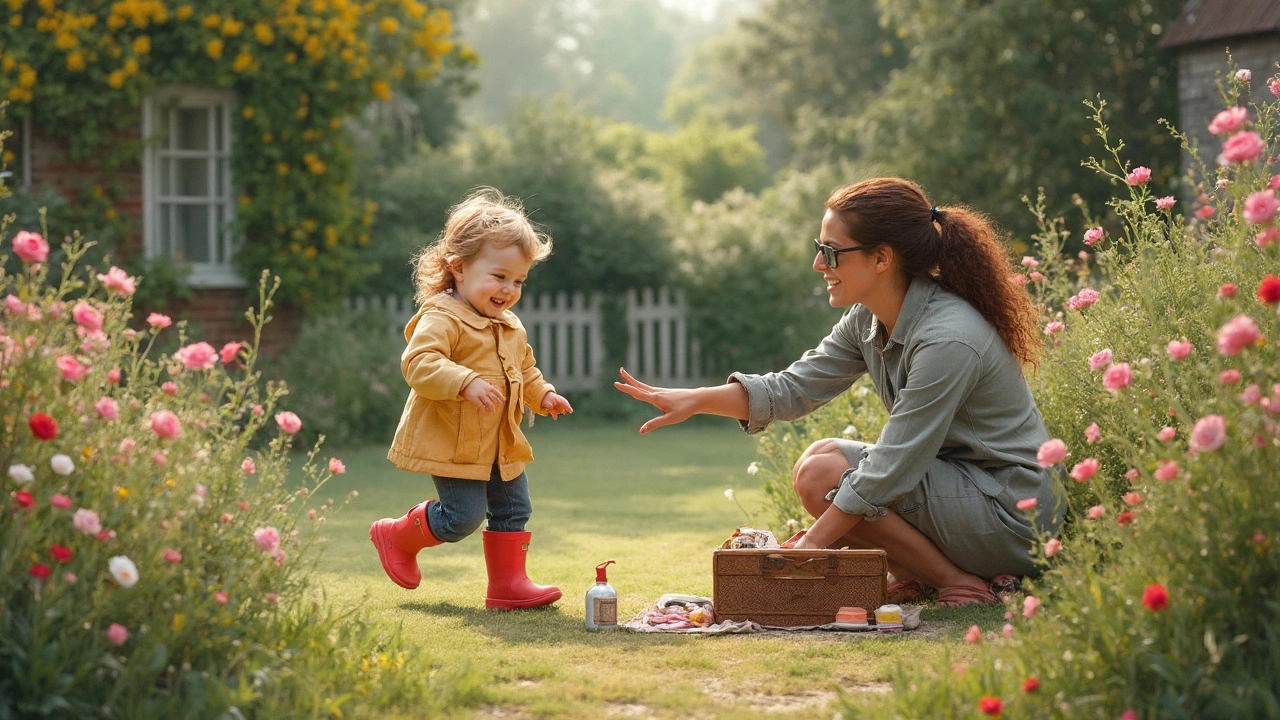
The Transition to Toddler Beds
So, you're considering making the switch from a crib to a toddler bed? This is one of those milestones that’s both exciting and a little nerve-wracking. It's all about giving your toddler more freedom while keeping bedtime chaos to a minimum. The right time to make this transition usually depends on your child’s size, climbing habits, and overall readiness.
Many parents wonder if there’s a magic age for this move. While a lot of toddlers switch to a new bed sometime between 18 months and 3 years old, it's not a hard and fast rule. It's more about whether your kid is physically and emotionally ready. If your toddler is regularly attempting escape from their crib, it’s a strong cue that it's time for this change.
- Toddler beds are closer to the ground, which makes it easier for your little one to crawl in and out safely.
- These beds often use crib-sized mattresses, helping ease the transition with a familiar sleeping surface.
- You can also find toddler beds that come with side rails to prevent any unexpected tumbles at night.
Here's a pro tip: let your child choose their new bed or bedding. It gives them a sense of control and can make them more excited about using it. Plus, any small trick to make bedtime smoother is a win, right?
When setting up the new bed, consider the layout of the room. Make sure any potential hazards are out of reach since your kiddo will have newfound freedom to wander. And as you're making this transition, keep their routine consistent. Keeping familiar bedtime rituals helps them adjust, whether it’s a favorite book or a soft nightlight they love. For many parents, understanding that every toddler is different—just like with potty training—is key. Patience and watching for readiness are your best allies.
Encouraging Independence in Toddlers
Helping your toddler find their independence is like giving them a backstage pass to their own little world. It’s all about letting them explore and figure things out while you subtly steer the ship. The good news is, it's not as daunting as it sounds!
Start small. Letting your toddler make simple choices can boost their confidence big time. Whether it's picking out their clothes or choosing a book at bedtime, these little decisions matter. They help toddlers feel like they're in the driver's seat occasionally.
When it comes to potty training, patience is your best friend. Setbacks are normal, and celebrating the small victories will encourage them more than anything. A fun sticker chart or a silly dance party as a reward can make this process feel less like a chore and more like a game.
Transitioning to toddler beds is another step toward independence. A bed that's low to the ground not only boosts their confidence but also keeps you worry-free. Make bedtime routines consistent. Reading a book together before lights out or picking a favorite stuffed toy to snuggle with can make bedtime something they look forward to.
- Establishing predictable routines gives them a sense of control and security.
- Encouraging your child to try new tasks, like cleaning up their toys, reinforces their growing skills.
- Positive reinforcement, with lots of praise and encouragement, builds their tiny egos in the best way.
Remember, it’s all about balancing guidance and freedom. By encouraging safe risks and acknowledging accomplishments, you help your toddler grow into a confident little human. It’s not just about ditching diapers or moving to a big-kid bed—it’s about sowing the seeds of independence for a brighter tomorrow.



